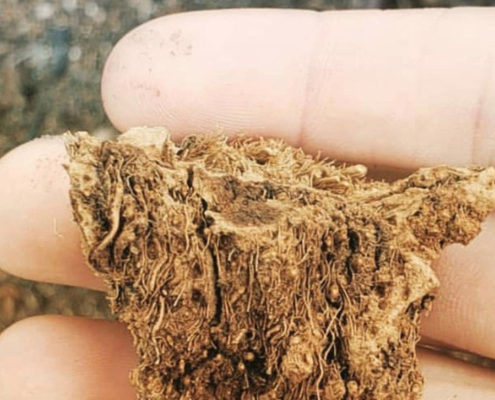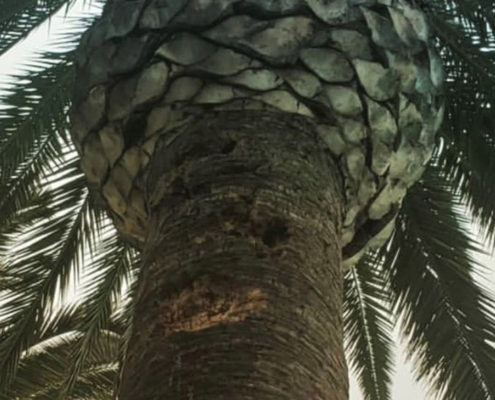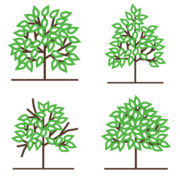Perfectly Healthy Palm Trees? Let’s Look Closer
As the summer quickly approaches and association pools, which are frequently surrounded with landscape containing palm trees, start to become a heavily used asset within the community, now is the time to make sure these trees are healthy. There are a number of diseases and pests that can make these palms a risk to both persons and property.
One common variety of palm is Phoenix Canariensis (commonly known as Canary Island Palm) is susceptible to various fungal diseases, one being Thielaviopsis Paradoxa. This disease causes stem bleeding that oftentimes can lead to a phenomena known as Sudden Crown Drop (SCD). SCD causes the entire crown, weighing up to 2,000 – 3,000 lbs., to suddenly break off and fall to the ground. This fungal disease is subdermal and can usually only be identified by a certified arborist.
Another common disease that can quickly attack Canary Island Palms is Fusarium Wilt. This fungal diseases symptoms, which is caused by the pathogen Fusarium oxysporum, usually appear first on the oldest living leaves before progressing upward into the canopy until the palm is killed. This is a rather quick disease and there are no cures to stop the spread once a palm is infected. This disease is spread by contaminated trimming tools, which is the reason only certified tree care professionals with proper trimming tools and techniques should be used.
Whether it be a danger to people and property with Sudden Crown Drop, or the aesthetically un-pleasing look of a palm with no crown, having a certified arborist evaluate the palms in your community is suggested.









